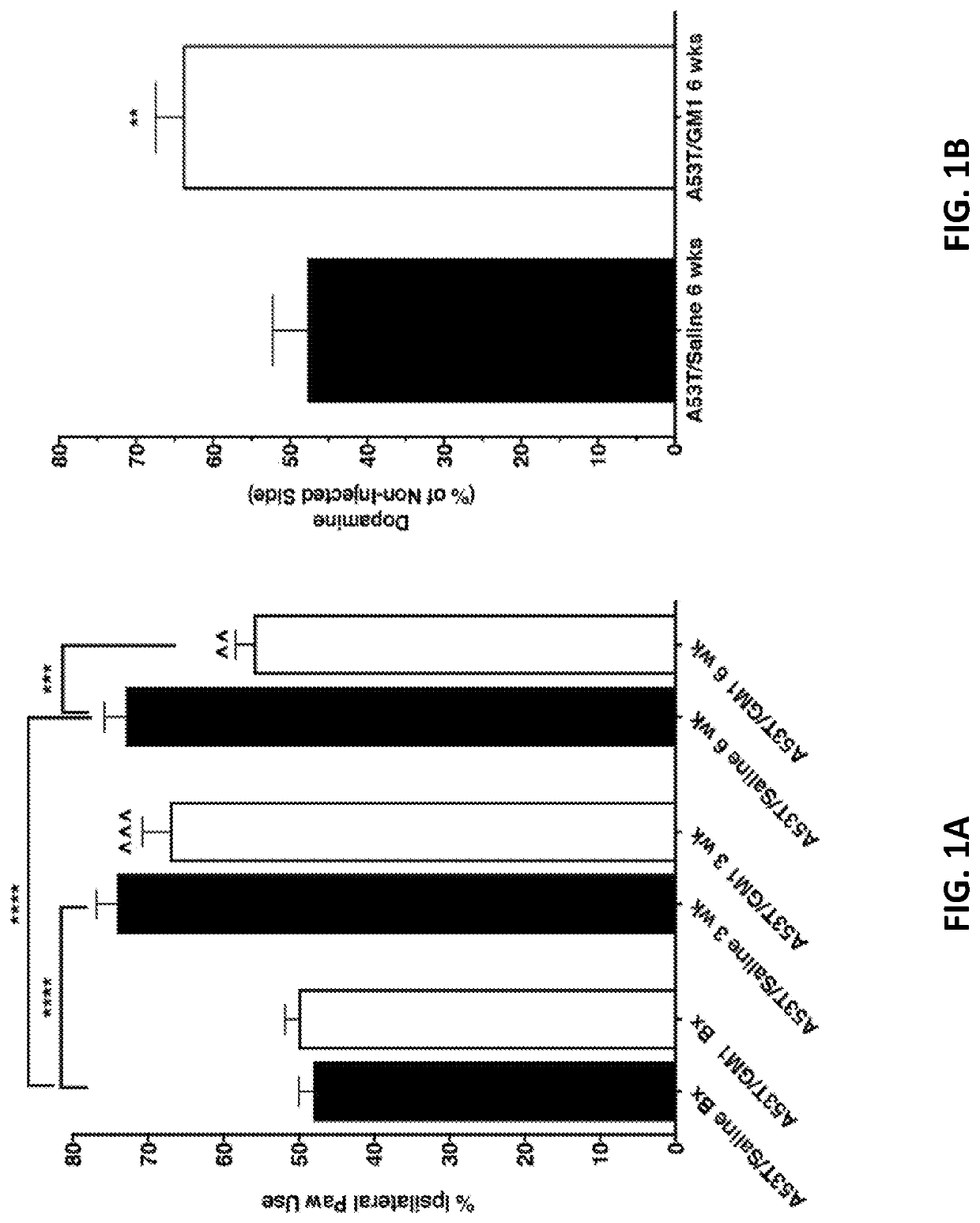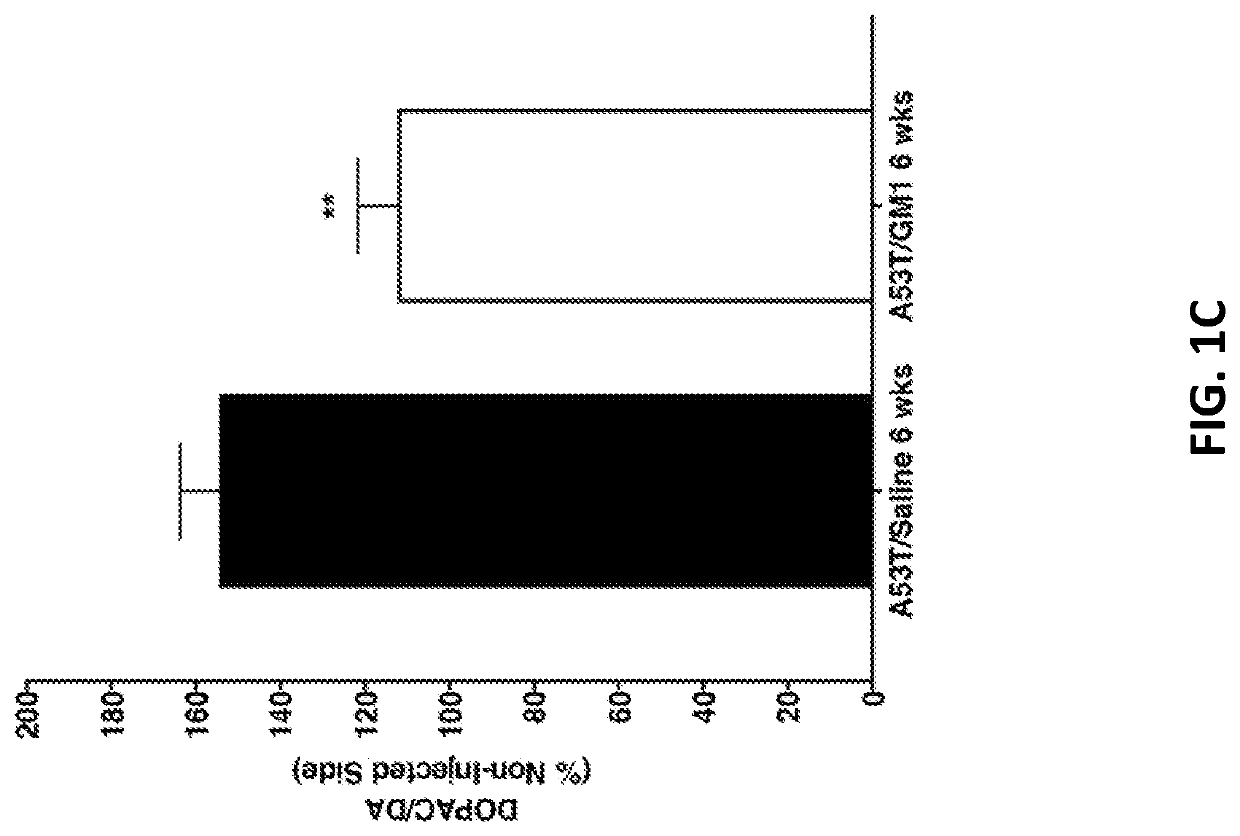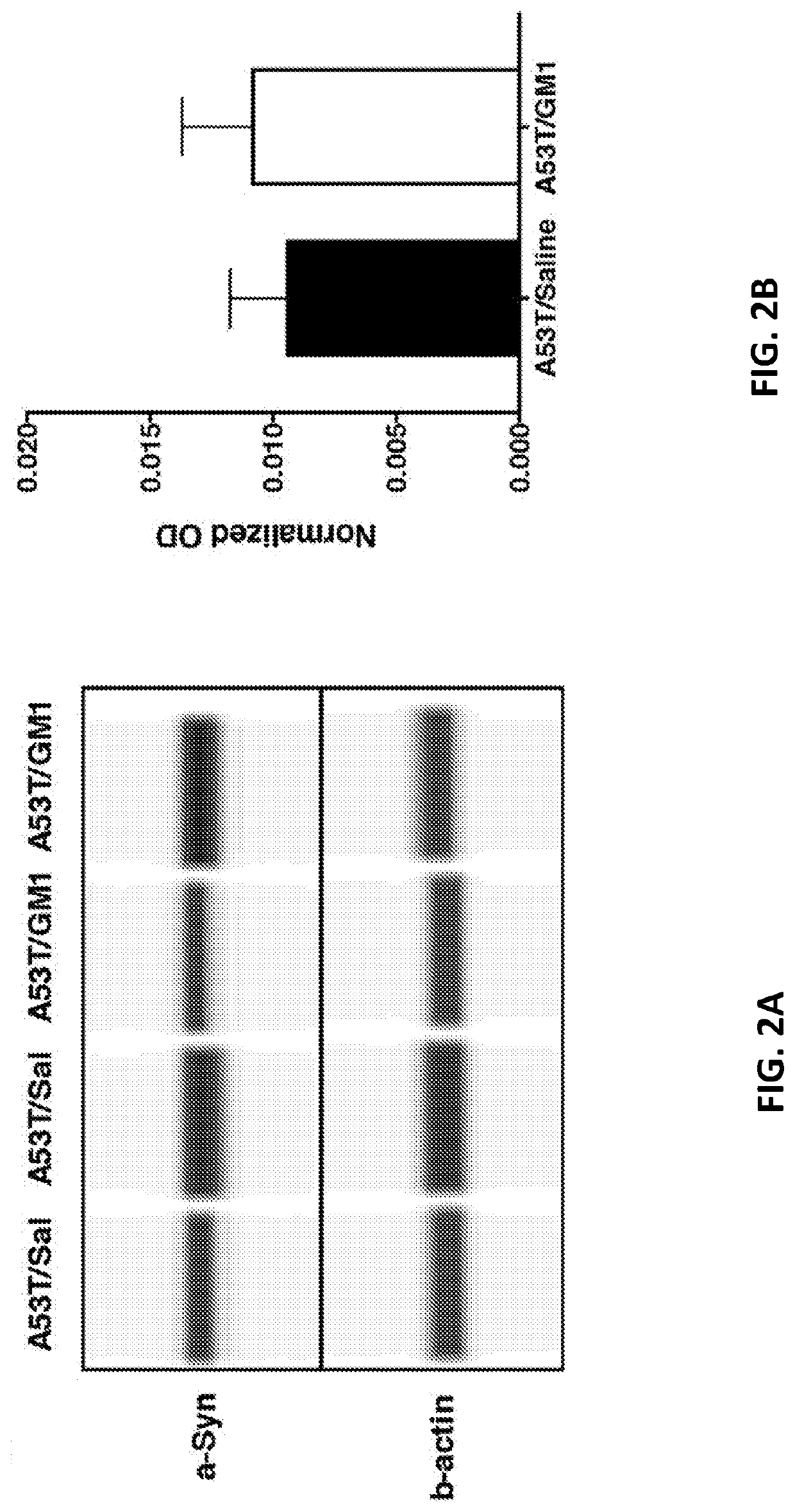Methods for treating neurodegenerative disorders
- Summary
- Abstract
- Description
- Claims
- Application Information
AI Technical Summary
Benefits of technology
Problems solved by technology
Method used
Image
Examples
experimental examples
[0128]The invention is further described in detail by reference to the following experimental examples. These examples are provided for purposes of illustration only, and are not intended to be limiting unless otherwise specified. Thus, the invention should in no way be construed as being limited to the following examples, but rather, should be construed to encompass any and all variations which become evident as a result of the teaching provided herein.
[0129]Without further description, it is believed that one of ordinary skill in the art can, using the preceding description and the following illustrative examples, make and utilize the compounds of the present invention and practice the claimed methods. The following working examples therefore, specifically point out the preferred embodiments of the present invention, and are not to be construed as limiting in any way the remainder of the disclosure.
Methods
Vector
[0130]Full details of AAV-A53T alpha synuclein vector design can be fo...
example 1
rt GM1 Administration Partially Protects Motor Behavior and Striatal DA Levels
[0140]The cylinder test was used to assess spontaneous forelimb use in AAV-A53T α-synuclein-transduced animals and there was significant main effect of treatment, with a protective effect observed in GM1-treated animals (F(5,102)=16.59, P<0.0001). Animals that received AAV-A53T α-synuclein followed by saline for 6 weeks developed a significant asymmetry in paw use with preference for making contact with the cylinder with ipsilateral forepaw relative to the side of virus injection. At 3 weeks following AAV-A53T α-synuclein injection, saline-treated animals already showed a significant increase in percent ipsilateral limb use that continued to be observed at 6 weeks post virus injection (mean±SEM: baseline: 48.1±1.9%; 3 weeks: 74.2±2.7%, 6 weeks: 72.9±2.9%) (FIG. 1A). In animals that received GM1 administration beginning 24 hours after AAV-A53T α-synuclein injection, limb use asymmetry (percent ipsilateral l...
example 2
rt GM1 Administration Partially Protects SN Neurons Against α-Synuclein-Induced Toxicity
[0143]To investigate the potential protective role of GM1 in the context of PD-relevant pathology, the extent to which GM1 administration affected survival of A53T α-synuclein-overexpressing nigral DA neurons was examined. The number of TH+ cells in the SNc was significantly decreased on the side ipsilateral to the injection: AAV-A53T-α-synuclein injection resulted in a 60.0±2.3% loss of TH+ neurons, compared to the contralateral (non-injected) side (FIGS. 3A-3B). Animals that received early start GM1 administration had 43.7±2.7% loss of TH+ neurons, compared to the non-injected side (t(28)=4.379, P=0.0002) (FIGS. 3A-3B; Table 2). Similarly, the number of cresyl violet-stained cells in the SNc was significantly influenced by AAV-A53T-α-synuclein injection and by GM1 treatment. AAV-A53T-α-synuclein injection caused a 54.9±1.8% loss of cresyl violet-stained neurons, compared to the contralateral si...
PUM
| Property | Measurement | Unit |
|---|---|---|
| Fraction | aaaaa | aaaaa |
| Fraction | aaaaa | aaaaa |
| Fraction | aaaaa | aaaaa |
Abstract
Description
Claims
Application Information
 Login to View More
Login to View More - R&D
- Intellectual Property
- Life Sciences
- Materials
- Tech Scout
- Unparalleled Data Quality
- Higher Quality Content
- 60% Fewer Hallucinations
Browse by: Latest US Patents, China's latest patents, Technical Efficacy Thesaurus, Application Domain, Technology Topic, Popular Technical Reports.
© 2025 PatSnap. All rights reserved.Legal|Privacy policy|Modern Slavery Act Transparency Statement|Sitemap|About US| Contact US: help@patsnap.com



